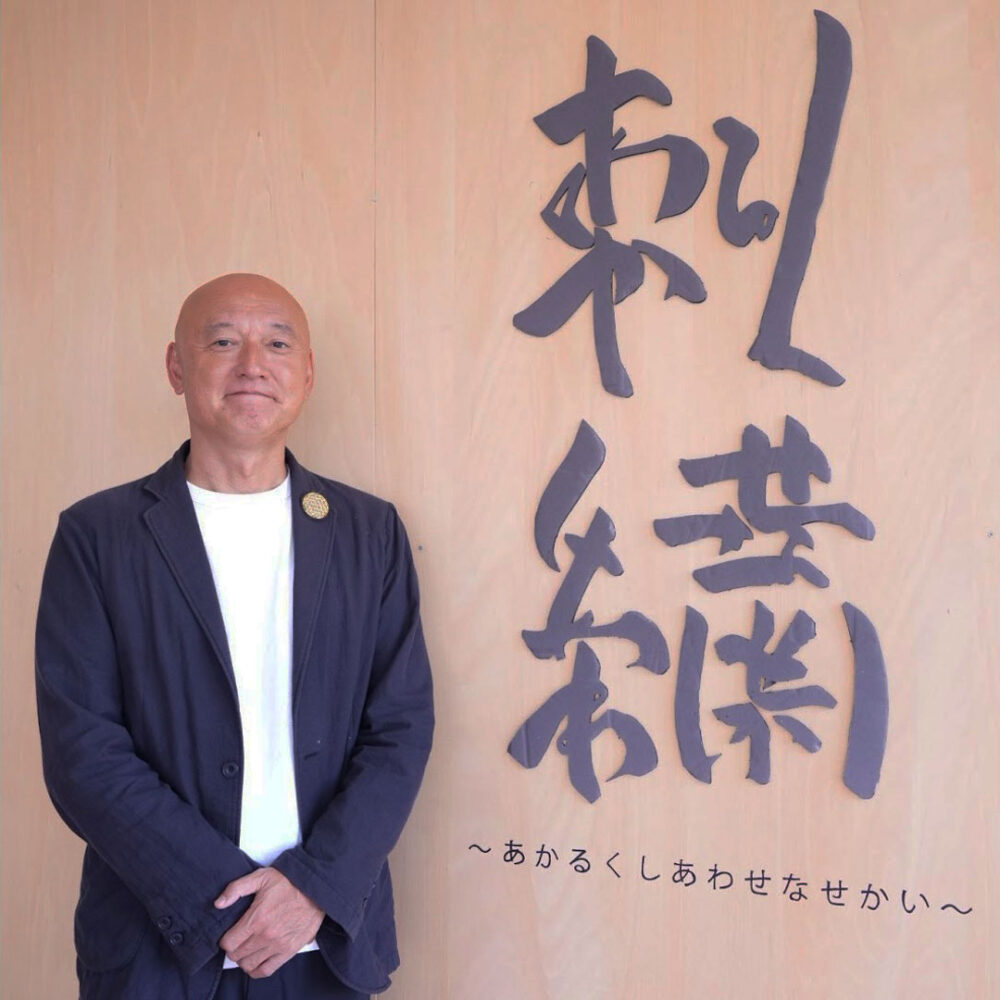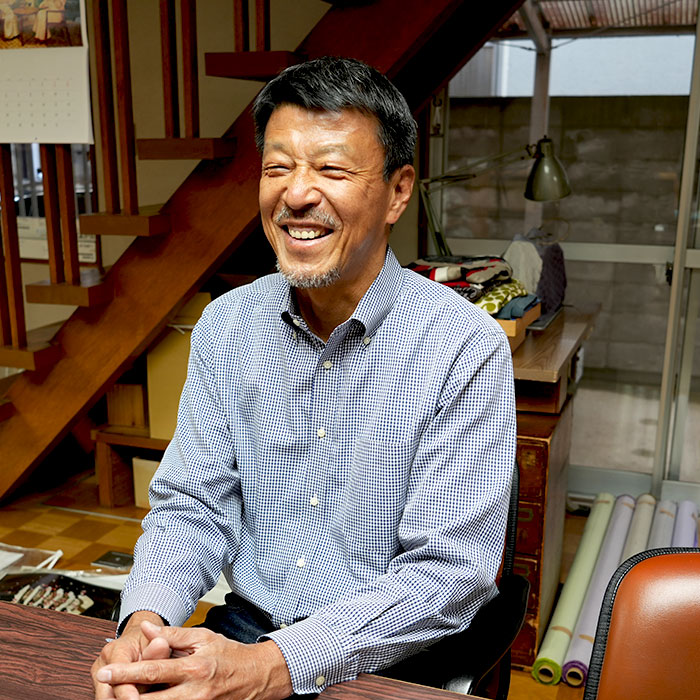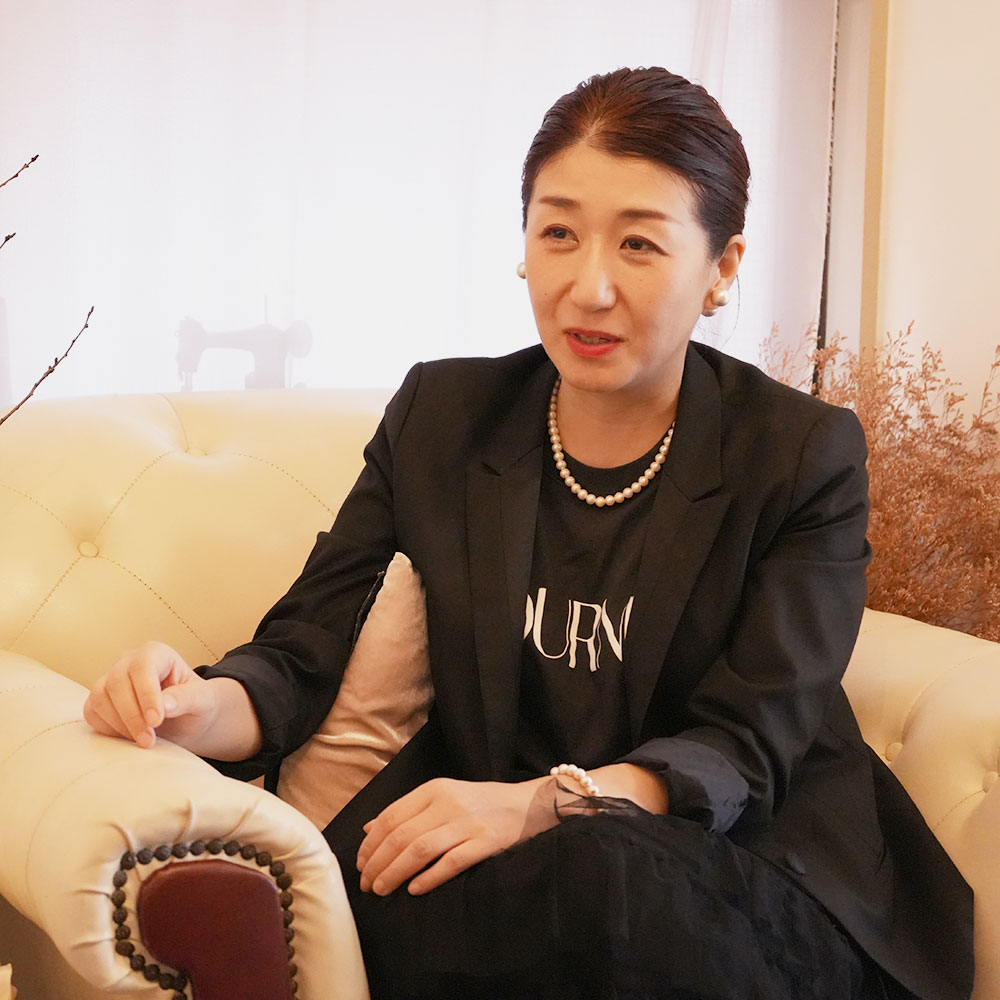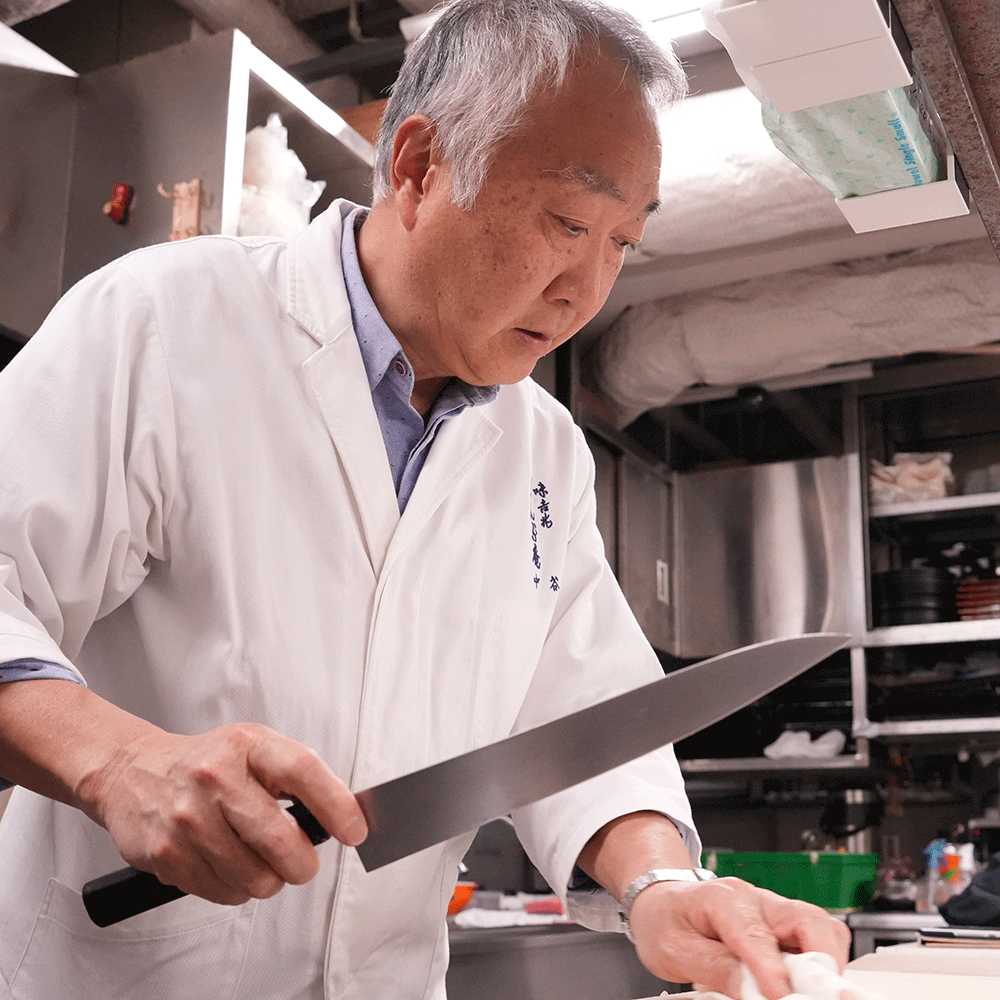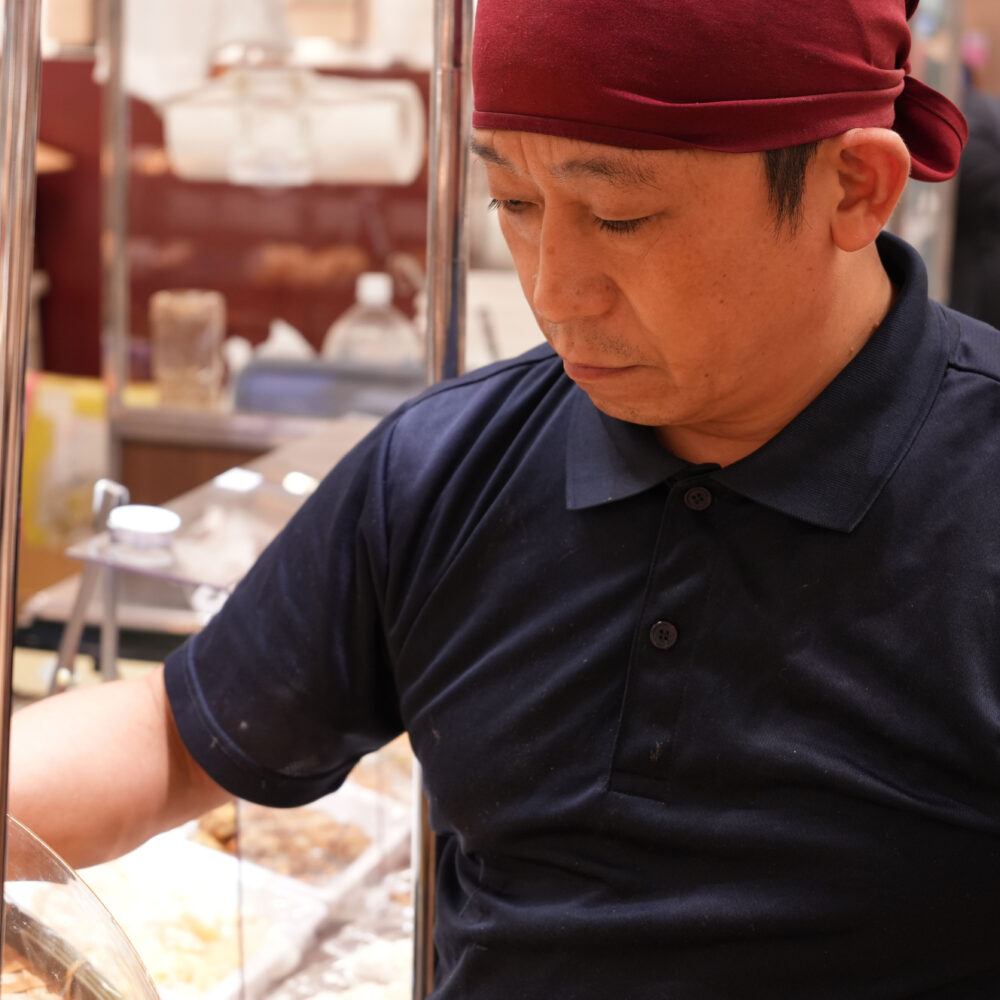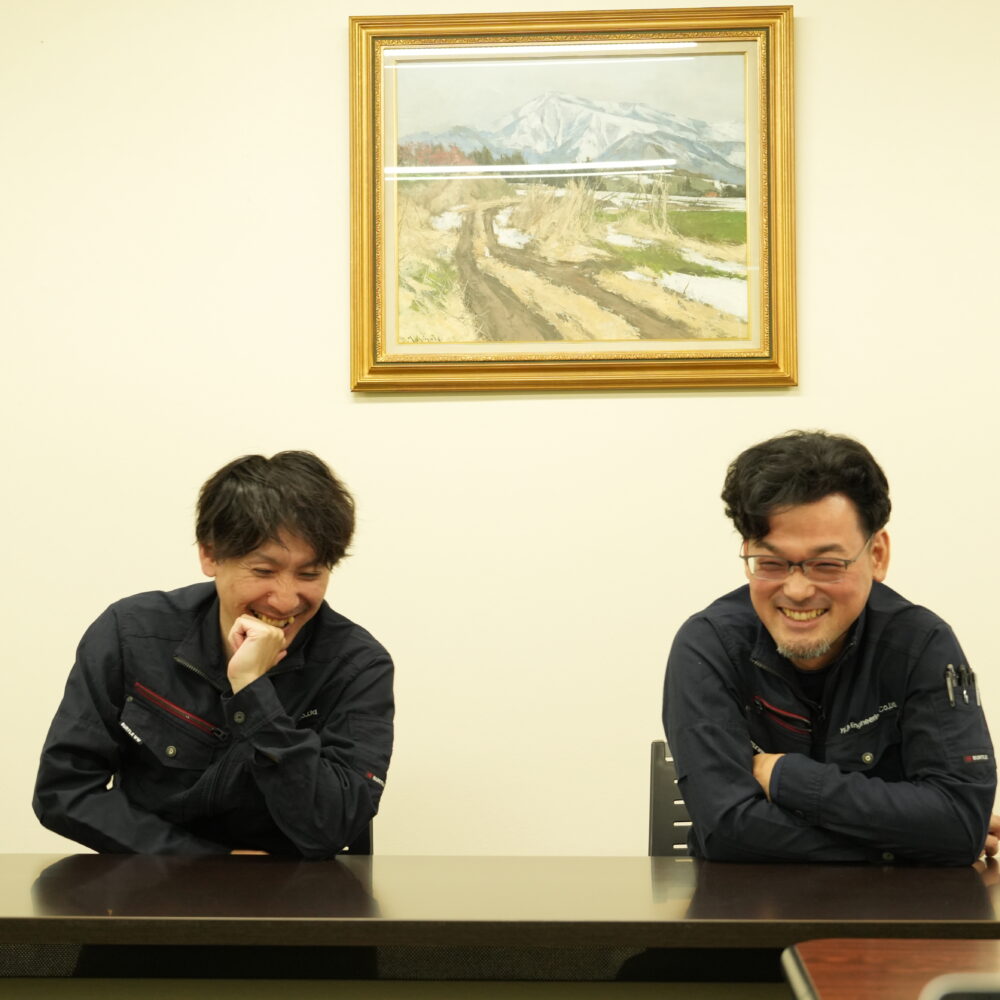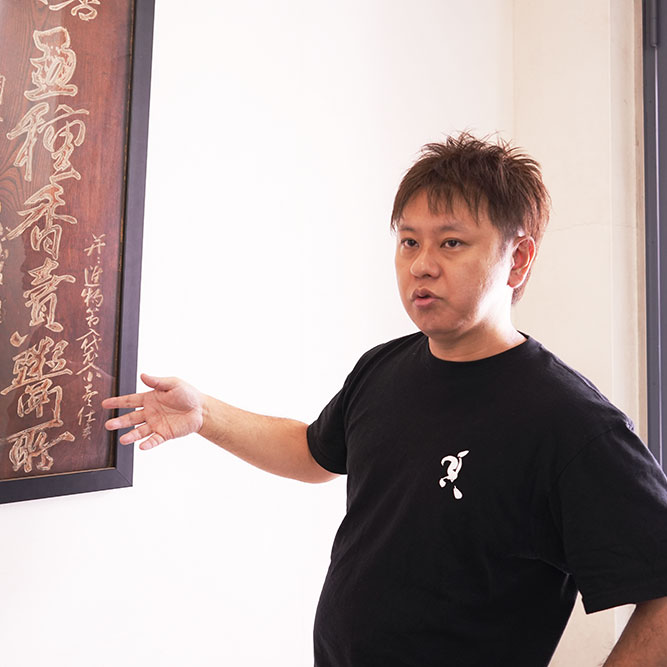Keeping What We Love, Leaving the Hassle Behind — Creating the Future in a New Kind of Kimono
- Textile industry
- Unique Products & Services
- Japanese Culture
- Creative
Osaka
Since ancient times, the kimono has symbolized the Japanese sense of beauty. Its elegant silhouette and delicate design have long fascinated people around the world.
However, in recent years, the kimono has become something worn only for special ceremonies or events, and a growing number of people are distancing themselves from it.
According to a survey on "kimono detachment" conducted by CommonStyle Inc. targeting Japanese men and women in their 20s to 40s, the younger the generation, the less likely they are to wear kimono in daily life. Approximately 51.9% of respondents in their 20s answered that they wear kimono only for special ceremonies.
The most cited reason was "I don't know how to put it on" (50.1%), followed by "It takes too much time to wear" (37.3%), and "It's hard to move or walk in" (33.5%).
This situation presents a pressing issue for the traditional kimono industry.
In response, and with the desire to let people experience the charm of Japanese attire more easily and casually, CommonStyle Inc. developed the "Hybrid Kimono SOURA."
In this article, we spoke with Misao Imai, the company’s CEO, about his passion for SOURA and the future he envisions.

PROTAGONIST
Misao ImaiPresident and CEO
A New Kimono That Can Be Worn in Just One Minute
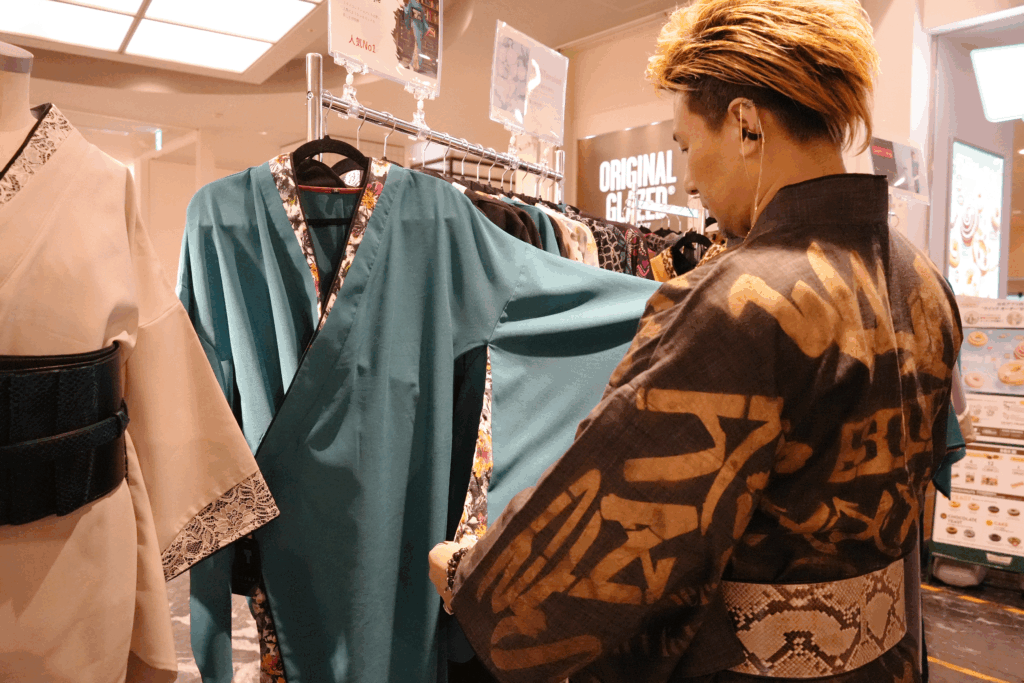
Mr. Misao Imai has been involved in the kimono industry for over 20 years. He has worked at two different companies, both within the kimono sector, where he consistently handled roles in retail, planning, and sales.
At his previous company, he established a business model that promoted kimono sales through organizing and operating kimono dressing classes, while also engaging in product development, advertising, IT, and sales planning across a broad range of responsibilities.
However, due to the difficulties of operating classes during the COVID-19 pandemic, the company was forced to shut down.
Feeling that “it would be a waste to let it end here,” Mr. Imai decided to launch CommonStyle Inc. together with former colleagues.
In its early stages, the new company continued by selling traditional kimonos to clients carried over from their previous business. Although they managed to stay afloat through pop-up sales and other efforts, they gradually began to feel the limitations of continuing the business using conventional methods.
Through his experience running kimono classes, Mr. Imai realized that “the hassle of preparation and cleanup” posed a major obstacle to wearing kimono.
This insight inspired the idea of a kimono that could allow people to enjoy the charm of traditional Japanese clothing more casually — a kimono that could be worn in just one minute using a zipper and an obi-style belt.
“To wear a kimono, you first need to put on traditional undergarments, then the nagajuban, followed by the kimono itself, and finally the obi belt,” Mr. Imai explains.
“Actually, I don’t think the dressing process itself is all that difficult. But what really wears you out is the preparation beforehand and the cleanup afterward. That’s the hardest part — to be honest, it’s quite a hassle.”
SOURA is washable and easy to store.
It features an authentic design developed by professional kimono dressers, with all sewing done entirely in Japan. The fabric primarily consists of stretch material, offering ease of movement and comfort.
Do You Know Why We Tie the Obi?
The names of the company “CommonStyle” and the brand “SOURA” reflect Mr. Imai’s personal philosophy.
“‘Common’ means ordinary or everyday, right? I chose this name because I want people to enjoy kimono not as something special, but as part of their daily fashion,” he explains.
“On the other hand, ‘SOURA’ comes from a Kansai dialect expression — like a playful shout that says, ‘Sōra, kantan yaro!’ meaning ‘See? That was easy!’”
Mr. Imai wanted to convey the idea that kimono are not just for special occasions like parties, but something “ordinary” as well.
At the same time, he candidly admits a contradiction — that although he emphasized the word “ordinary,” he actually wanted to create something far from it.
SOURA is not merely a simplified version of traditional kimono; it is positioned as a “new genre” — a hybrid kimono.
“The materials and form may be different, but what you do is essentially the same,” he explains.
“Still, I eliminated everything I personally found unpleasant. I wanted to preserve that ‘kimono-like atmosphere.’ People still expect that, and that’s why I created this hybrid.”
“Because it’s tradition” or “because that’s the rule” — yet in reality, very few people truly understand why those traditions exist.
“Do you know why we tie the obi? Or why it’s so long? Most people don’t know the meaning of the otaiko knot or the difference between a single-taiko and a double-taiko, right?
I don’t think we should keep struggling every time just for the sake of preserving something that no one even understands.
Instead, I believe the most important thing is to enjoy wearing it.”Rather than clinging to customs that no one understands, Mr. Imai believes we should enjoy kimono more freely.
SOURA was intentionally designed by breaking the conventional mold and reconstructing it — to ensure that the legacy of kimono continues into the future.
A Sales Strategy That Revealed the Untapped Potential of Kimono
In a crowdfunding campaign launched in 2021, SOURA achieved approximately 7 million yen in sales within just one month.
Reflecting on that time, Mr. Imai recalls:
“The results of the crowdfunding campaign gave me confidence that there is real demand in the market.
After that, our popup shops held in eight regions across Japan — including Osaka, Kobe, Kyoto, Nagoya, Saitama, Tokyo, Kanagawa, and Ehime — were all well received.
There was even someone who discovered SOURA on Instagram and traveled all the way from Shikoku to make a purchase.
They liked it so much that they were later invited to appear on a local radio program.”
SOURA has also made appearances in major fashion events such as the opening runway of Miss Universe Osaka, the Kansai Dandy Collection, and the Osaka International Collection 2023.
Far from being just a “simplified kimono,” SOURA is now being recognized as a fashion item in its own right, steadily gaining brand awareness within Japan.
Looking ahead, Mr. Imai is setting his sights on global expansion, with the goal of participating in New York Fashion Week (NYFW).
“When I participated in Milan Fashion Week for the first time in 2023, I truly felt that we could compete on a global stage,” says Mr. Imai.
“People overseas often say that kimono are ‘wonderful,’ but in reality, few actually wear them.
For example, when Japanese people visit Vietnam and wear an Ao Dai, how many continue wearing it after returning to Japan? Almost no one — that’s the reality.
Even so, when I saw foreign models confidently walking the Milan runway in kimono, I thought they looked amazing.
If I genuinely felt that they looked cool, I believe there must be others around the world who would feel the same way.”In terms of international expansion, Mr. Imai is not fixated on traditional images of Japanese kimono. Instead, he hopes to create a new kind of value — one that can be embraced as global fashion.
Domestically, he also expressed his intention to open physical stores to bring SOURA to even more people.
Creating a Future for Traditions That No One Buys
A sense of urgency about the limitations of traditional methods is what led to the creation of SOURA — a new form of Japanese attire.
Mr. Imai also questions the prevailing approach of promoting traditional kimono as luxury items in overseas markets.
“There’s been a trend of trying to market ‘high-end traditional kimono’ abroad, but honestly, I don’t think it’s selling explosively,” he explains.
“In the end, spreading awareness means getting people to actually buy. But when you present kimono in the traditional way — and at a luxury price — who’s really going to buy them? That’s what I honestly think.
That’s why I believe we need to change the approach.”
He further emphasizes that, before thinking about expanding abroad, it’s essential to first establish something in Japan that resonates with modern sensibilities.
“You can’t just suddenly push the idea of ‘old, beautiful Japan’ and expect it to connect.
It has meaning precisely because it’s evolving into something new.
That’s just my personal theory, though,” he adds with a smile.As part of that evolution, the overseas expansion of SOURA — the hybrid kimono — represents a key move.
Mr. Imai is striving to bring innovation to the kimono industry.
The hybrid kimono SOURA is an innovative product that reconstructs Japan’s beautiful traditional culture to align with modern lifestyles and values.
With its ease of wear requiring no dressing skills, comfortable fit, and refined design, SOURA offers new possibilities for Japanese attire in an era where people are increasingly moving away from kimono.
Combining a solid track record in the domestic market with a strong drive for global expansion, CommonStyle and SOURA have the potential to reintroduce Japanese tradition through innovation — and to spark a new wave in the global fashion landscape.
INFORMATION
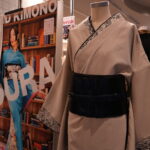
CommonStyle Co., Ltd.
Hybrid Kimono — a new form of kimono that can be put on or taken off in just one minute with a zipper and an obi-style belt.
Designed by professional kimono dressers, the hybrid kimono maintains a beautiful silhouette while allowing easy dressing and undressing without the need for traditional techniques. Above all, the hybrid kimono is about ease of wear and comfort. Though it is a kimono, it requires no assistance to put on, is machine washable, and is entirely made in Japan with reliable craftsmanship. Its freedom of movement means it resists becoming disheveled even when running, letting you enjoy a stylish kimono look.
- Founded in
- 2020
- Website
- https://commonstyle.net/
- Writer:
- GOOD JOB STORY 編集部




